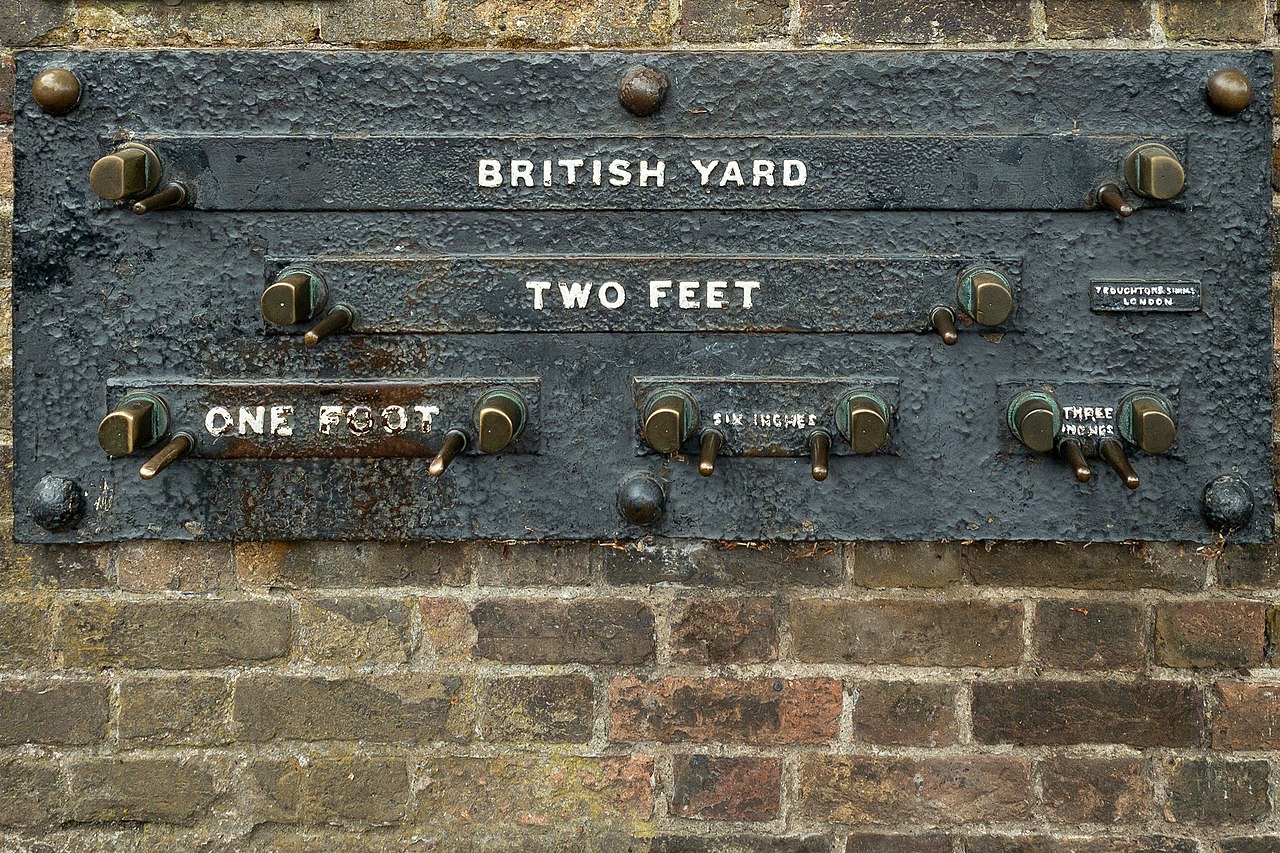Section 2.2 Length, Area, and Volume
The units of length have changed greatly over time. Long ago, the base of reference was the human body. For example, the cubit was a unit that indicated the length from the elbow to the fingertips.
Length units based on the human body were used for thousands of years. The Roman mile (In Latin mille passus, which means “thousand paces”) consisted of a thousand paces (of 5 feet each) as measured by every other step—as in the total distance of the left foot hitting the ground 1,000 times, which equals approximately 5,000 ft.

In 1592, English Parliament wanted to standardize the measurement of the mile and made the decision that it should be equal to eight furlongs. Furlongs, which are still used as a unit of measurement in horse racing, are 660 feet long. Thus, the statute mile we use today is \(8 \times \ft{660} = \ft{5,280}\text{.}\)

This continued until a major change took place around 200 years ago. As the Age of Discovery came to an end and industry grew primarily in Western Europe, it became necessary to unify units of length on a global scale. In the 17th century, discussions were held in Europe regarding the unification of units. After a century of discussions, France proposed the unit of the meter (meaning “to measure” in Greek) in 1791. The reference at this time was the distance of the meridian from the north pole to the equator. One meter was set as 1/10,000,000 of this distance. Today, one meter is defined as “the distance that light travels in a vacuum in 1/299,792,458 of a second,” as defined in 1983.
For navigation on water (marine), air, and space the nautical mile unit of length is used. Historically, a nautical mile was defined as the meridian arc length corresponding to one minute of a degree of latitude. Nautical mile is based on Earth’s circumference being 360 degrees. These degrees can then be divided into 60 minutes. One of these minutes (or minutes of arc as they are called in navigation) along a great circle on Earth represents one nautical mile. Today the international nautical mile is defined as exactly 1,852 meters (6,076 ft; 1.151 mi).
A nautical mile is slightly longer than a statute or land mile. This is because one degree of latitude is approximately 69 statute miles in length, so a nautical mile, 1/60th of that measure, is 1.15 statute miles.
A fathom is nautical measurement equal to 6 feet or 1.8288 meters. It is commonly used for measuring depth in water, and is approximately the distance from finger tip to finger tip when your arms are outstretched.

